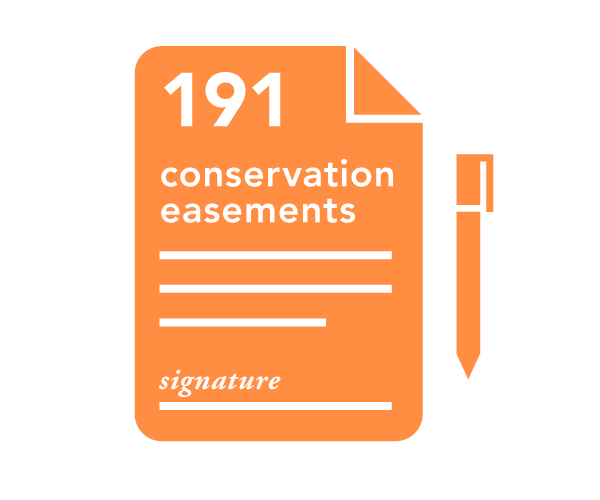Download: Afoot in the Field, Volume 2, Issue 1 (PDF)
Published Winter 2010-2011
From the Introduction:
Living in this part of the world with a rather humid, temperate climate, we become accustomed to seeing lush green vegetation across our landscape during the summer. Whether it is the forests covering our hillsides, meadows with dense flowers and grasses, brushy old fields with impenetrable thickets, wetlands full of vegetation, or stream corridors lined with thickly vegetated banks, we are used to seeing plants everywhere. Of this profusion of vegetation, the typical person on the street may know only a few basic plants; the average landowner and outdoorsperson can recognize many; foresters and land managers can usually identify still more; and of course botanists and ecologists know most all of them rather intimately. There is certainly satisfaction in learning to identify new species – the organisms that share the world around us and make up various ecological communities.
But when it comes to non-native species that are invading and diminishing the quality of our natural habitats, it can seem like a curse to recognize them. I have noticed, in fact, that as I have come to know more and more non-native invasive plants (NNIPs) over the past several years, my blood pressure rises and I begin to feel uneasy and depressed when I spend time in areas that are overrun with them. Conversely, I feel relaxed and full of hope for the world when I spend time in a pristine environment that is largely unblemished by NNIPs or other human-induced problems. Learning about NNIPs is learning that just because an area is full of prolific plants and flowers and berries does not always mean that it is natural and healthy – indeed, in our area, green is not always good.
The problem is growing. Aggressive invaders are expanding their ranges. New invasives arrive, some spreading gradually, some quickly. Competition from crowding NNIPs and over-browsing by deer can be a one-two punch for native wildflowers and forest tree regeneration in our region. Where deer are over- abundant, they may actually facilitate invasions of NNIPs by feeding on native plant species and avoiding the non-natives. A changing climate may prove to make NNIP invasions still worse. On the positive side, agencies, organizations, and educators are working to raise public awareness about the impacts and what can be done to slow the spread of NNIPs and reduce the importation of new ones. Resources are now being applied to the problem on a variety of fronts. Research has made gains in assessing and applying…
Download: Afoot in the Field, Volume 2, Issue 1 (PDF)
You can download Afoot in the Field, our biannual stewardship pamphlet for landowners, in PDF format. See all issues here.


